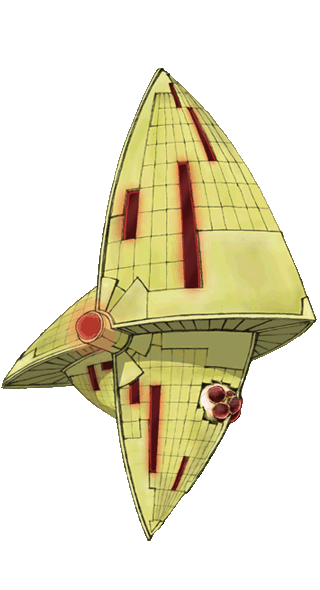 |
 |
 |
 |
 |
 |



Our interest in seeing characters in literature and film succeed and fail through difficult to impossible situations is nothing new. Humanities vanity is a well-documented phenomenon. From Homer's Iliad to the pouting lips of Liv Tyler in Armageddon, we love to see the endurance of the human spirit, our ability to attain the unattainable, and to experience the bitter taste of failure. The stories teach lessons, give hope, and help the audience identify with a character's difficulties. Choosing to set a story in the future is a successful approach to telling a tale. It separates the audience from current events but does not have to ignore them. In fact, drawing on past and present occurrences brings believability to the tale; wrapping the audience in a blanket of reality insulates them from finding doubt in the story. The same must occur within the setting of the story. But what must an author or filmmaker do to convince his audience that the world they are entering is real and tangible? What is in the character of the setting that can persuade us to believe it is possible? How do we architecturally represent the future?
The appearance of habitations, towns, cities, and landscapes must conform to the storyline but must also blend into the audience mind as a plausible future, one that we can relate to but that has evolved from us separately. By examining the films Brazil, A Clockwork Orange, Equilibrium, and Renaissance in relation to their respective settings and film locations, successful representation of the architectural future can be identified. In conjunction with the film analysis, it is important to observe past and current efforts in architecture to forecast the future. Rio de Janeiro, The Olympic Stadium in Berlin, Il Palazzo dei Congressi, Brasília, the architecture of Future Systems, and the Spaceport located in New Mexico are examples of contemporary architecture that work alongside the films mentioned to create a representation of the architectural future.